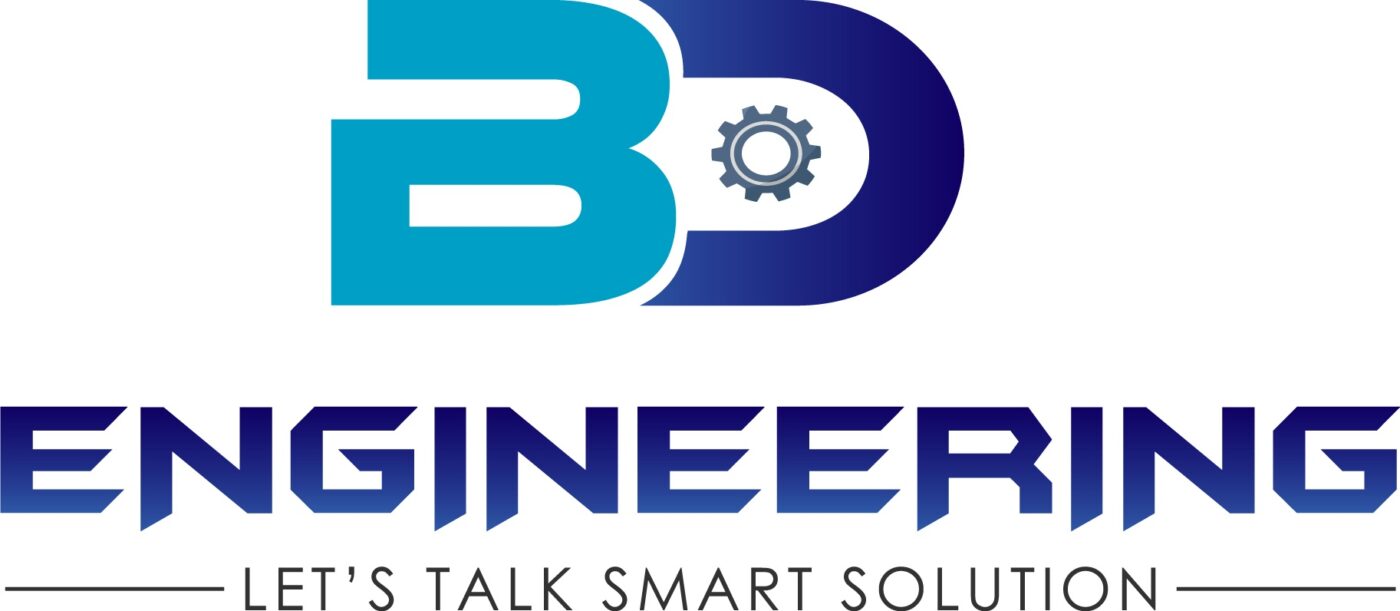Input/Output PLC Module
An input/output (I/O) module is a component used in programmable logic controllers (PLCs) to interface with the external world by receiving input signals from sensors or devices and providing output signals to actuators or devices. I/O modules act as the bridge between the digital or analog signals of the field devices and the PLC’s internal processing and control functions.
Features and aspects of I/O modules in PLC systems:
Input Channels:
An I/O module typically consists of multiple input channels, each capable of receiving digital or analog input signals. The number of input channels can vary depending on the specific module and application requirements. Digital inputs are used to detect the status of discrete devices, such as switches or sensors, providing information on their ON/OFF state. Analog inputs are used to measure continuous variables, such as voltage, current, or temperature.
Output Channels:
I/O modules also include output channels to provide control signals to actuators or devices. These channels can deliver digital output signals to switch devices ON or OFF or analog output signals to control variables such as motor speed or valve position. The number of output channels may vary based on the module and application needs.
Communication Interface:
I/O modules communicate with the PLC’s central processing unit through a communication interface. The interface can be specific to the PLC manufacturer’s protocol or a standardized industrial communication protocol such as Modbus, Profibus, Ethernet/IP, or DeviceNet. The communication interface allows the PLC to exchange data with the I/O modules for input acquisition and output control.
Addressing and Configuration:
Each I/O module is assigned a unique address within the PLC system, allowing the PLC to identify and access the module’s input and output channels. During the PLC configuration, the addresses and characteristics of the I/O modules are defined to establish communication and ensure proper integration into the control system.
Digital and Analog I/O:
I/O modules can support both digital and analog signals. Digital I/O modules handle discrete ON/OFF signals, while analog I/O modules process continuous signals with a range of values. Analog modules often require additional configuration to set the input/output ranges, resolution, and scaling factors for accurate signal conversion.
Hot-Swapping and Redundancy:
Some advanced I/O modules support hot-swapping, allowing them to be replaced or added to the system without powering down the PLC or interrupting the operation. Redundancy features may also be available to enhance system reliability, where multiple I/O modules are connected in parallel for backup or failover purposes.
I/O modules play a crucial role in interfacing the PLC with the external world, enabling it to monitor and control various devices and processes. They provide the necessary inputs for the PLC to make decisions and generate appropriate output signals for control and actuation. The selection and configuration of I/O modules depend on the specific application requirements, the number and type of field devices, and the communication protocols supported by the PLC system.

